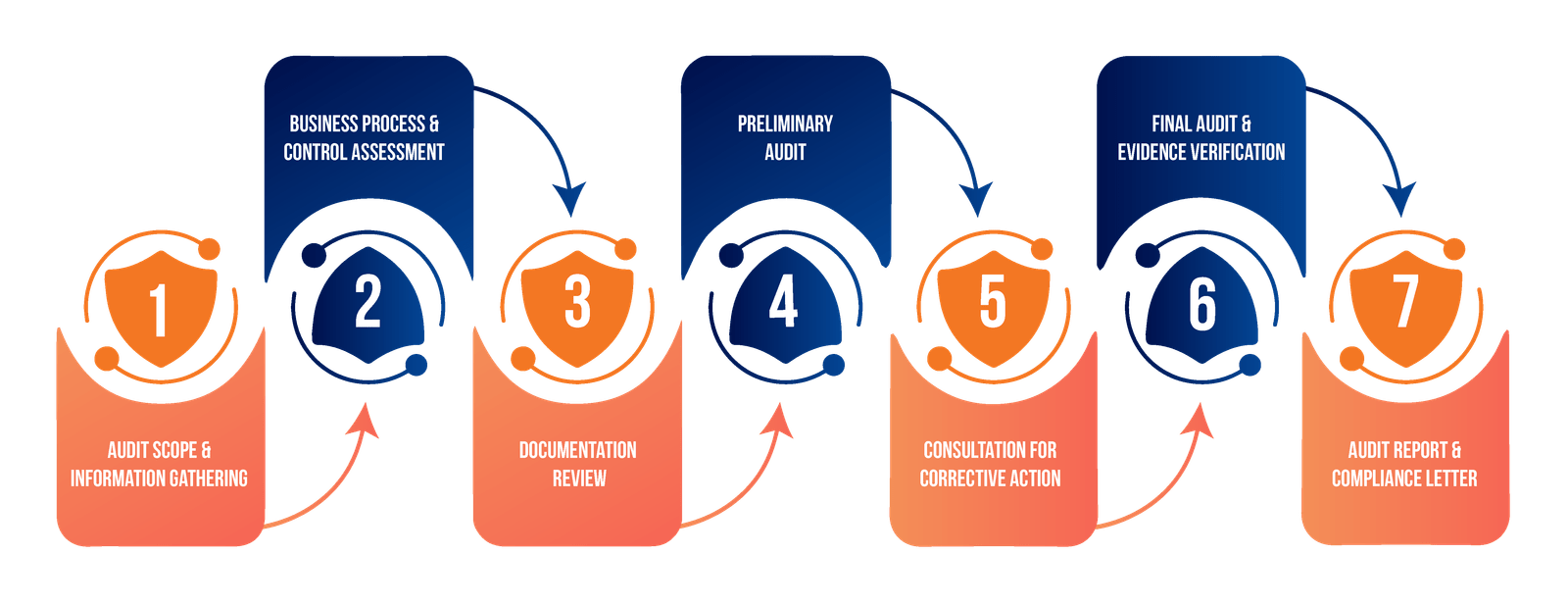



We analyze your current infrastructure, business goals, and future requirements to create a comprehensive baseline.

Our experts develop detailed architecture plans, considering scalability, security, and cost-effectiveness.

We create a phased roadmap for seamless integration while minimizing business disruption.

Continuous performance tracking and adjustments ensure optimal infrastructure efficiency.
The timeline varies based on your organization’s size and complexity, typically ranging from 4-12 weeks for initial planning and design phases
While specific numbers vary, clients typically see a 20-30% reduction in IT operational costs and a 40% improvement in system performance within the first year
We utilize a phased approach with careful change management procedures and maintain parallel systems during critical transitions.
Yes, we assess your current setup and design solutions that integrate with or enhance your existing infrastructure components.
We offer various support tiers, from basic monitoring to comprehensive managed services, based on your needs.
Security is built into every layer of our infrastructure design, including regular vulnerability assessments and compliance monitoring.
Yes, we offer comprehensive knowledge transfer and training programs to ensure your team can effectively manage the new infrastructure.

